Visual-Motor Skills in the Classroom: Figure Ground
Posted by admin on
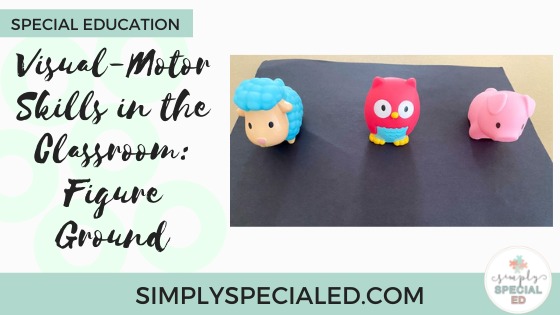
I find visual-motor skills so interesting. It is amazing to think about vision and the brain. Think about all the connections that have to be made to be able to see something in the world, take it in, analyze it, recognize it, and then process it. What is even more mind-boggling is that this happens almost immediately and effortlessly.
When there is a delay in visual-motor skills, it can affect all aspects of life. This is especially true with respect to academic concepts from recognizing numbers/letters, reading/writing, orienting oneself in space, and organizing written information on paper. I love targeting visual-motor skills during my occupational therapy sessions. I also love problem-solving with teachers on different accommodations to target visual-motor skills.
Visual-motor is an umbrella term. There are many different components that have to align in order for the student to demonstrate success. In this blog, I will be discussing figure-ground: from what it is, what the difficulties look like in the classroom, and ways to target the skill! Let’s dive in!
What is Figure Ground:
Figure-Ground is the ability to locate a form or objects within a busy field without getting confused by the background or surrounding images. This involves screening out irrelevant visual material. The ability to see an object or form as distinct from other objects/forms or from the background is important when presented with a lot of visual information at one time. It is not only important in academics but also in life skills. It is the ability to find something in a store, find a person in the cafeteria, and find something in a bag/purse.
What Figure-Ground Difficulties Look Like in the Classroom:
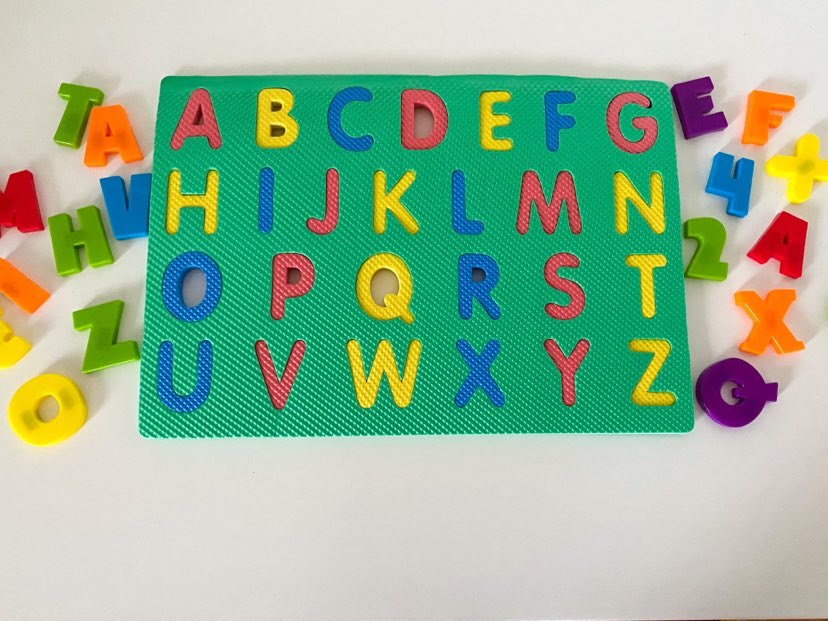
- Worksheets with a lot of print are difficult
- The student seems highly distracted in a busy classroom → they are having difficulty filtering out visual distractions (from bulletin boards to material, to students moving around)
- Difficulty organizing personal belongings/materials
- May seem to analyze/attend to small details on an assignment or overlook important information
- Word recognition
- Locating an object within a group
- Finding a place on a page
- Reading passages of text
- Copying from the board is very challenging
- Difficulty self-correcting work and recognizing malformed letters and spacing errors
- Difficulty locating friends on the playground or cafeteria
- Writing on a chalkboard/old dry erase board is difficult if not completely cleaned
- Navigating a computer or computer document → for example finding assignments on Google classroom might be difficult
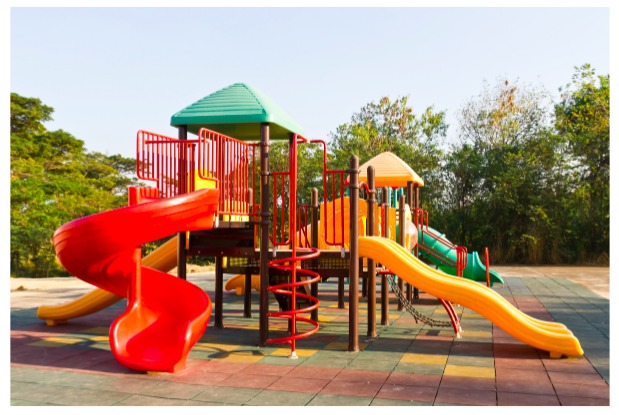
Accommodations in the Classroom:
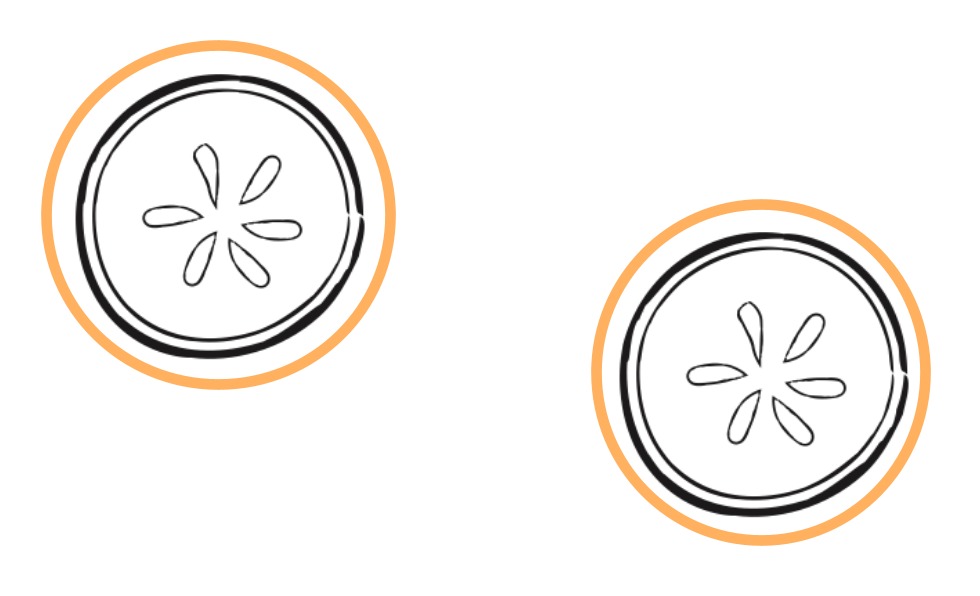
- Preferential seating
- Limited material on desk space
- Limited wording on worksheets
- Clear and bolded directions
- Limited math problems
- Bold/highlighted cutting stimulus
- Dark/solid background under activities
- Adapted materials: check out Alyssa’s blog on Adapted Books!
- Trialing assistive technology: computer reading Text to speech, highlighted options when reading, Voice commands to navigate the computer
- Highlighted reading strips: there is also research that some students benefit from different color overlays!
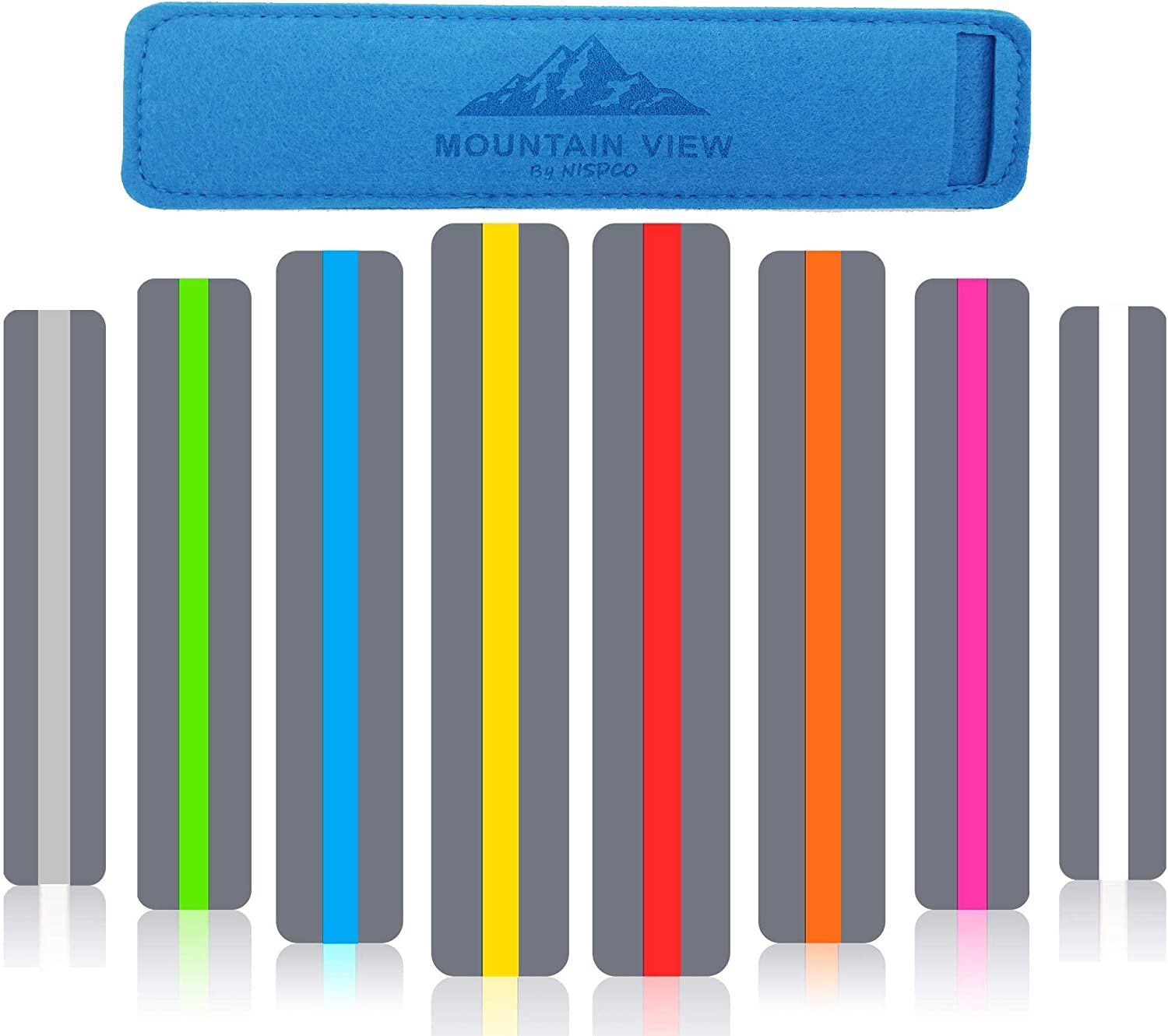
Fun Ways to Target Figure Ground:
- Spot it
-
Highlight books→ Hidden Picture activities
- I put mine in plastic pocket protectors so students can use dry-erase markers to solve puzzles and to protect them
-
I Spy Eagle Eye game
- Adapt the activity by only presenting a small portion of the board
- Playing I Spy in the classroom
- “I see something yellow by the window”
- Scavenger Hunts
- Check out, Miss. Jamie OT’s Functional Visual Perception Packet for some great handouts and activities!

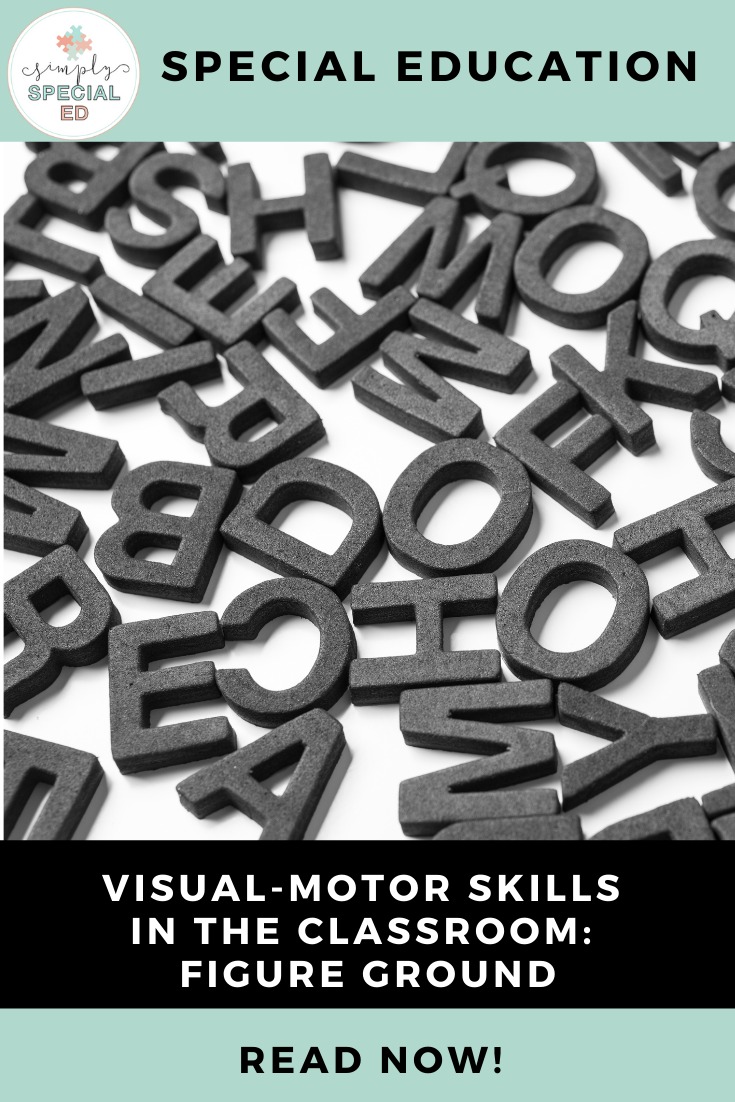
The post Visual-Motor Skills in the Classroom: Figure Ground appeared first on Simply Special Ed.
